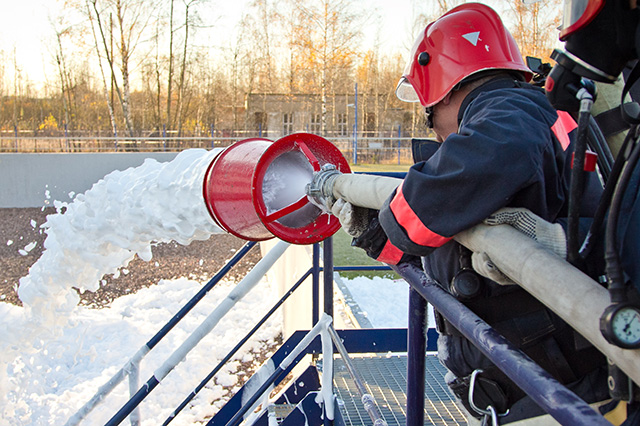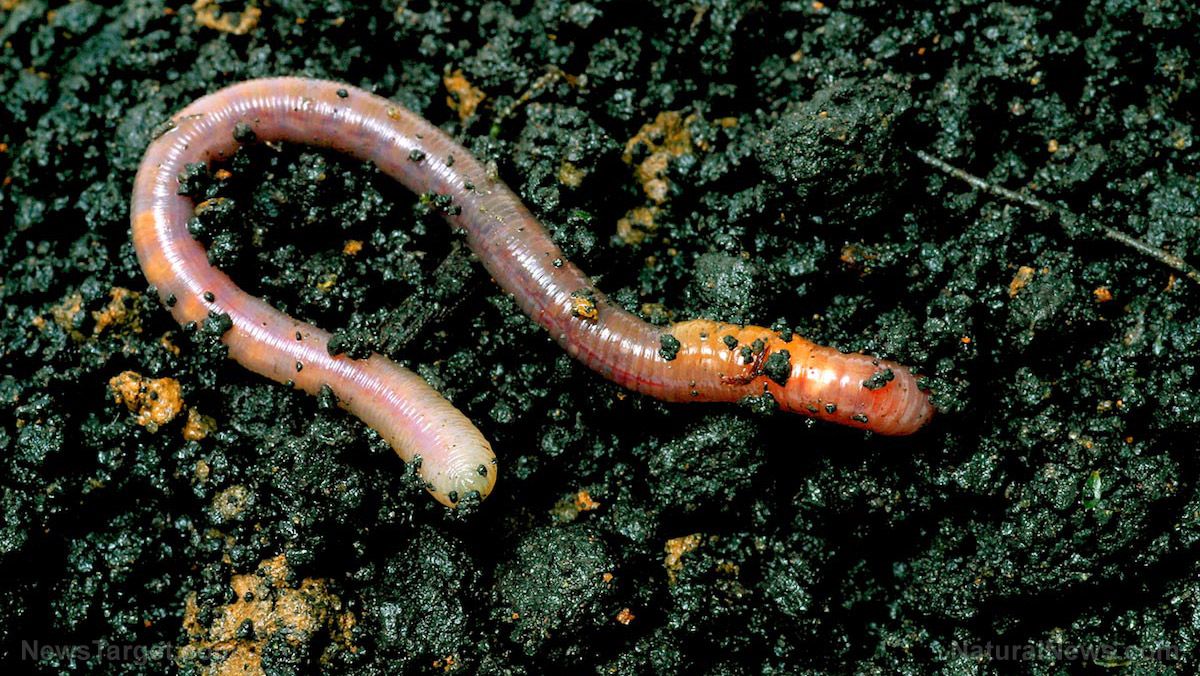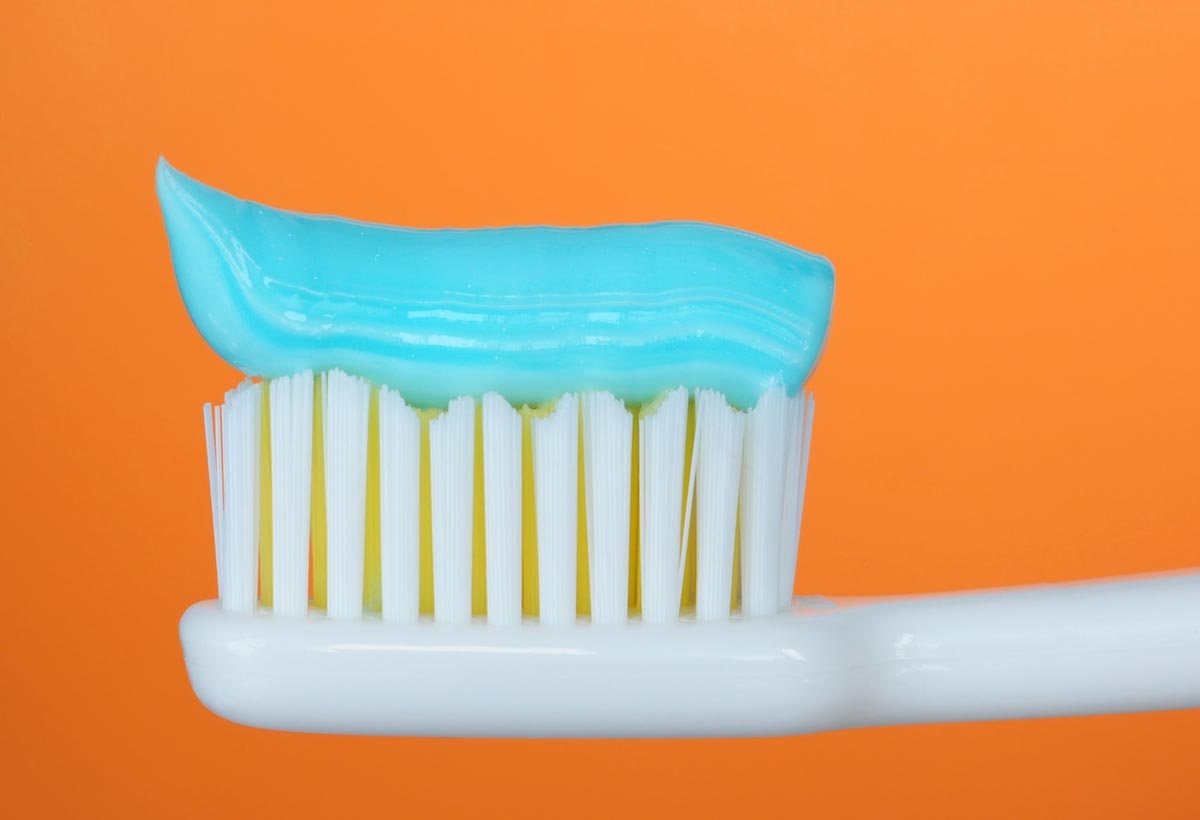Chemicals found in firefighting foam linked to cancer, thyroid disease, and other health problems
06/27/2019 / By Ralph Flores

House lawmakers will soon decide on a piece of legislation that will force military bases to stop using firefighting foam that contains the toxic chemical PFAS. The measure, which is included in the House Armed Services Committee’s first draft of the defense authorization bill, also contains a provision for environmental clean-up funding and ways to address chemical contamination that can potentially seep into groundwater and lead to serious health concerns.
If the measure is passed, the Pentagon will prohibit the use of PFAS-laden firefighting foam on military installations by September 30, 2029. It will also require the military to explore options for a fluorine-free firefighting foam, which it will publish in January 2025.
The Senate version, meanwhile, requires the military to stop buying the toxic firefighting foam as early as October 1, 2022, and prohibit its use in military installations by October 1, 2023, with the exception of ocean-going vessels.
A dangerously effective material for putting out fires
PFAS, or per- and polyfluoroalkyl substances, have been used by the Department of Defense for putting out fires for half a century in military installations. The fire suppressant material is also required in all commercial U.S. airports, where people train with the firefighting foam.
While there is no question that PFAS are effective in extinguishing fire, recent studies show that the substance is linked to cancer and birth defects, to name a few. A study released by the Pentagon revealed that at least 126 military installations have dangerously elevated levels of PFAS. In South Dakota, for instance, the Rapid City Journal reported that private wells outside of military installations in the state had PFOA and PFOS – both are types of PFAS – above the EPA level. Currently, the survey has now expanded, with the discovery of more contaminated wells highly likely.
PFOA, or perfluorooctanoic acid, is a contaminant which was once found in many products, including fast food wrappers, microwavable popcorn bags, bicycle lubricants, ski wax, and pizza boxes – thanks to its ability to make everything slippery. On the other hand, PFOS or perfluorooctane sulfonate is used in textiles, leather products, and paper to provide resistance against soil, oil, and water.
Both substances are present in firefighting foam.
A report from Denmark’s Ministry of the Environment outlines just some of the side effects of PFAS exposure. While the body easily absorbs it, it’s not metabolized, and they never break down. In a data analysis by the Centers for Disease Control and Prevention, PFAS is found in at least 99.9 percent of all Americans.
PFAS, PFOS, and PFOA are known endocrine disruptors. These substances interfere with the induction of various enzymes that are involved in various processes, including lipid and steroid metabolism and thyroid activity, to name a few. They can also suppress the production of certain proteins responsible for healthy immune function and can cause changes in cellular structure and function. This change can trigger the onset of more chronic illnesses, including diabetes, autoimmune disorders, neuropathy, and cancer. (Related: Toxic firefighting foam contaminated the water at a Colorado Air Force base, now veterans and residents are coming down with cancer.)
PFOS exposure, in particular, can lead to developmental defects in a fetus, based on in vivo studies. Exposure during pregnancy not only puts the survival of the fetus at risk, it also causes abnormalities in the formation of the heart and bones, as well as cleft palate and edema.
Taking matters into their own hands
While the Environmental Protection Agency is still exploring options on how to regulate PFAS compounds when these are released into the environment, some states have passed their own measures to regulate or prohibit PFAS use in their jurisdictions.
- Georgia: Under the new House Bill 458, the discharge of PFAS-laden firefighting foam will be prohibited after January 2020. It also amends the Georgia Fire Code to prevent the use of these foams, unless for emergency fire occurrence or training in contained facilities.
- Minnesota: A law that was passed last May requires all discharges that contain PFAS to be reported to the State Fire Reporting System within 24 hours. In addition, it also bans PFAS in flame retardants to be used in furniture, mattresses, textiles, and window coverings.
- Arizona: The state has passed a law similar to Georgia’s prohibiting the discharge of PFAS-containing firefighting foam, with a stipend that allows wiggle room once federal regulations kick in.
Learn more about the detrimental effects of PFAS and other pollutants at Pollution.news.
Sources include:
MST.dk [PDF]
Tagged Under: Birth defects, cancer risk, chemicals, clean water, contaminated water, dangerous chemicals, disease causes, disease risk, Endocrine disruptors, environment, fire suppressant, firefighting foam, military installations, perfluoroalkyl substances, perfluorooctane sulfonate, perfluorooctanoic acid, PFAS, PFOA, PFOS, poisons, pollutants, polyfluoroalkyl substances, toxic chemicals, toxic ingredients, toxins
RECENT NEWS & ARTICLES
COPYRIGHT © 2017 POISON NEWS


















